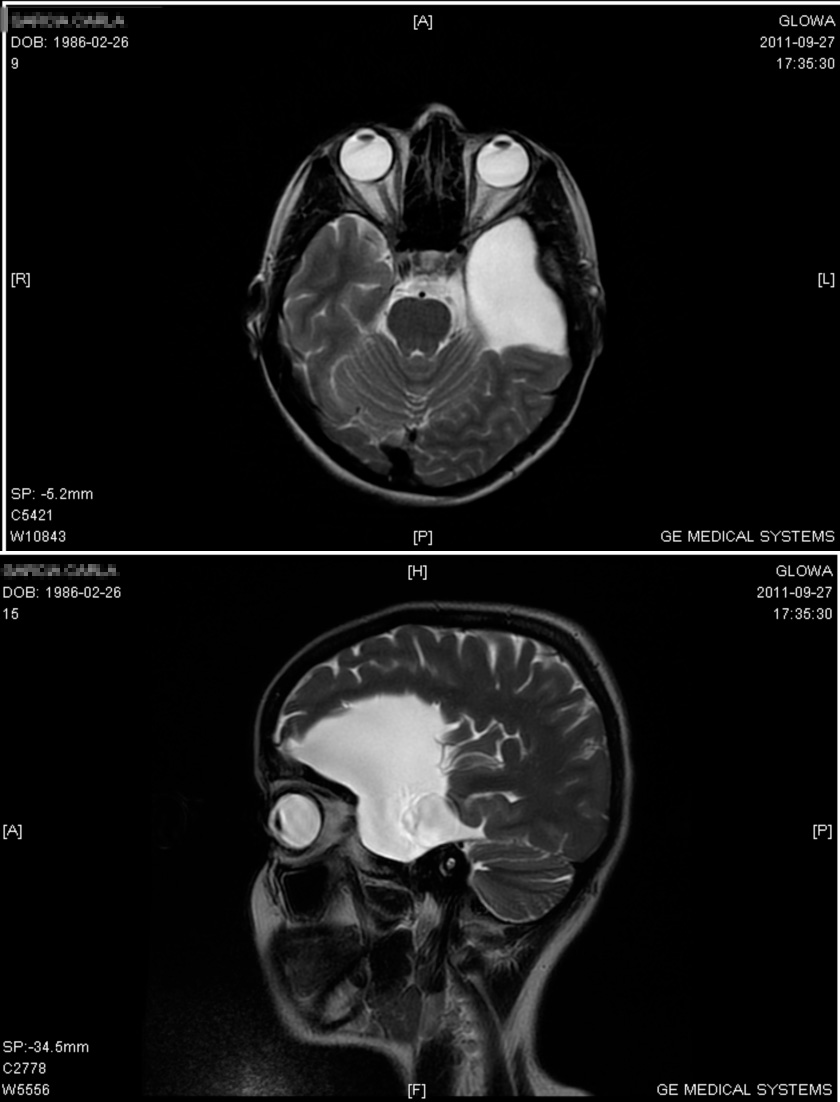Arachnoid Cysts

Arachnoid cysts are sacs filled with cerebrospinal fluid (CSF) that are located between the brain or spinal cord and the arachnoid membrane, one of the three membranes that cover the brain and spinal cord. Arachnoid cysts can be primary or secondary. Primary arachnoid cysts are congenital (present at birth), resulting from abnormal development of the brain and spinal cord during early pregnancy. Secondary arachnoid cysts are less common, and result from head injuries, meningitis, tumors, or as a complication of brain surgery. Signs and symptoms depend on the location and size of the cyst and may include headache, nausea and vomiting, seizures, hearing and visual disturbances, vertigo, and difficulties with balance and walking. Although many affected individuals develop symptoms in the first year of life, some never develop symptoms. Whether and how to treat the condition depends on the location and size of the cyst. In some cases, arachnoid cysts are part of a genetic syndrome such as Chudley-McCullough syndrome, mucopolysaccharidosis, or Marfan syndrome, where there are many other associated signs and symptoms. When treatment is recommended, it may include placing a shunt to drain the fluid; surgically removing the cyst membranes; or opening the cyst so the fluid can drain into the CSF.